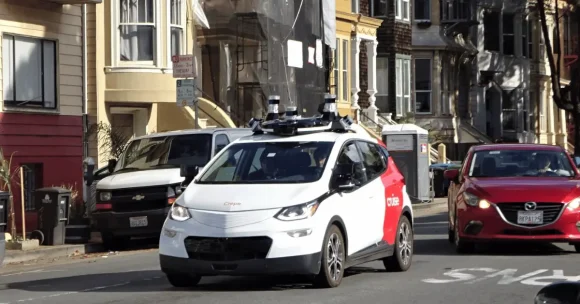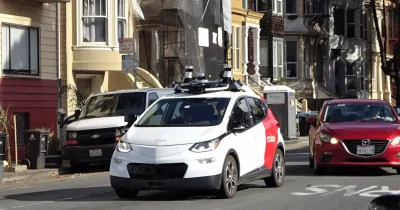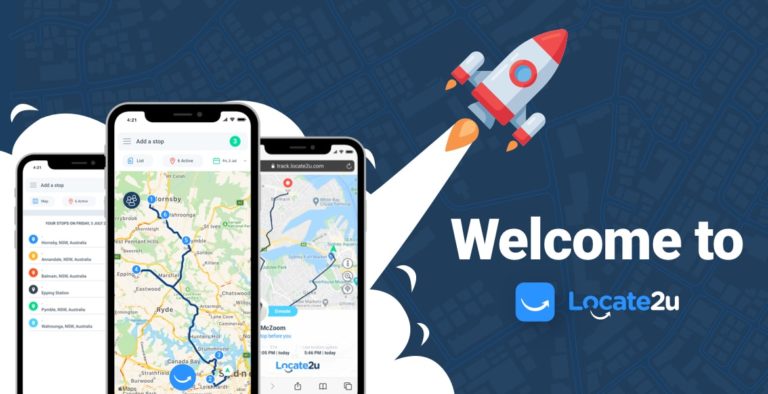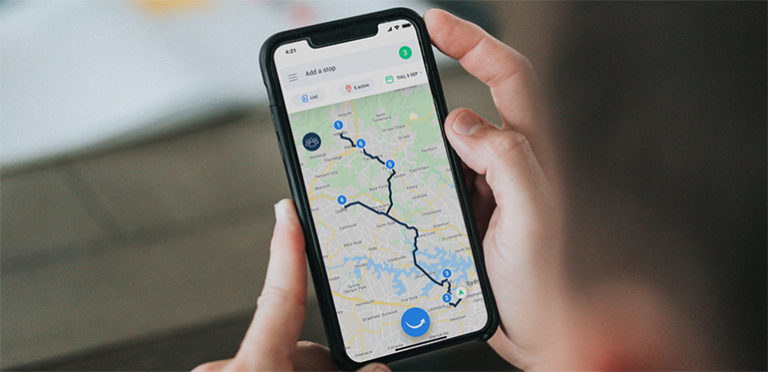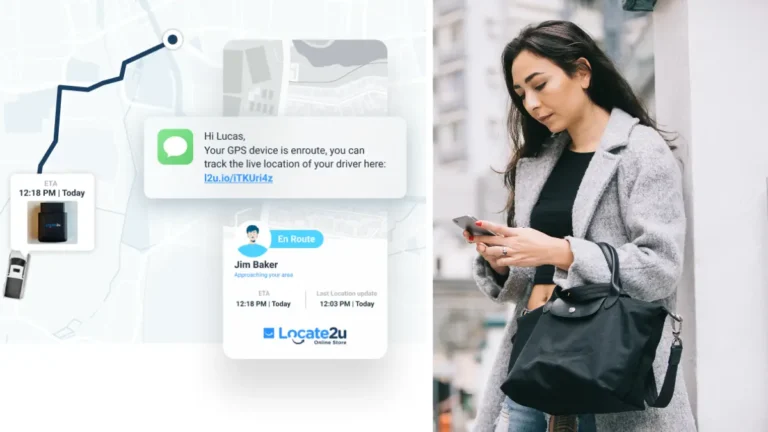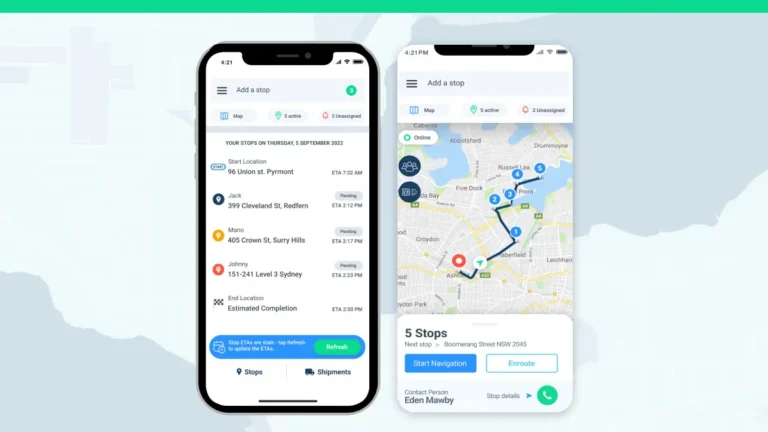Crisis continues to pile up for GM’s self-driving subsidiary, Cruise. This follows an investigation into an accident involving a driverless car on 2 October.
A 195-page report from law firm Quinn Emanuel Urquhart & Sullivan uncovered instances of poor leadership. The law firm had been tasked with examining if Cruise was reluctant to share information about the incident as it claims to be.
This includes disclosing the autonomous vehicle’s pull-over maneuver which led to a pedestrian being dragged approximately 20 feet.
Cruise accident investigation
Quinn Emanuel Urquhart & Sullivan also conducted an internal investigation to see if Cruise submitted the full video of the incident to regulators, and what the company’s interactions with the media entailed post the accident.
Cruise defended its actions, claiming it tried to disclose the full video. However, in three of these meetings with regulators, “internet connectivity issues […] hampered [government officials] from seeing the full video.”
The investigators also found that “Cruise failed to augment the full video by affirmatively pointing out the pullover maneuver and [the] dragging of the pedestrian.” Instead of providing verbal explanations, Cruise management said the “video speaks for itself.”
‘Numerous failings’
More concerningly, the report states that Cruise was fixated on correcting inaccurate media narratives by focusing on the human-driven vehicle involved in the accident, while “misleading” regulators by omitting vital information.
The law firm says that “Cruise’s failings are numerous,” and includes:
- Poor leadership.
- Lack of coordination.
- Mistakes in judgment.
- ‘Us versus them’ mentality.
- Misapprehension of accountability.
That said, it doesn’t appear as if Cruise “sought to intentionally mislead regulators.”
Leadership lapses
A thorough investigation by the law firm did, however, reveal that the original video was 21 seconds long. A shorter, 14-second clip played at a slower speed was derived from the original, titled ‘Media Video.’
In addition, co-founder and former CEO Kyle Vogt then produced a shorter 4-second clip which he sent to head of government affairs David Estrada, and chief legal counsel Jeffrey Bleich on Slack. Estrada responded: “Yes, agree that should be the primary video that gets released if one is released.”
The 4-second clip allegedly only showed an “isolated, single-pane view from the left from the camera [on the Cruise robo-taxi], and only captured the moment the [human-driven] Nissan hit the pedestrian.”
While this conversation raised red flags about Cruise’s obfuscation of the full video, it was confirmed that the 4-second clip was never made available to government officials or the media.
Still, it’s concerning that three senior leaders at Cruise – Vogt, Estrada and Bleich – “were not actively engaged in the regulatory response for the worst accident in Cruise’s history. Instead, they were trying to piece together what happened after the fact.”
Hurdles at Cruise
Recent hurdles for the company included the resignation of Vogt, who was replaced by Mo Elshenawy. The company also paused production of its Origin Shuttle and adopted a “more realistic” business strategy.
Among the departing personnel were chief operating officer Gil West, as well as Estrada and Bleich. In December, Cruise management warned more layoffs were pending.
Cruise had already at that point cut its workforce by 24% after laying off 900 employees of its 3,800 workforce. These actions were taken to “slash costs and attempt to revamp the company,” TechCrunch reported at the time.
About the author
Cheryl has contributed to various international publications, with a fervor for data and technology. She explores the intersection of emerging tech trends with logistics, focusing on how digital innovations are reshaping industries on a global scale. When she's not dissecting the latest developments in AI-driven innovation and digital solutions, Cheryl can be found gaming, kickboxing, or navigating the novel niches of consumer gadgetry.

